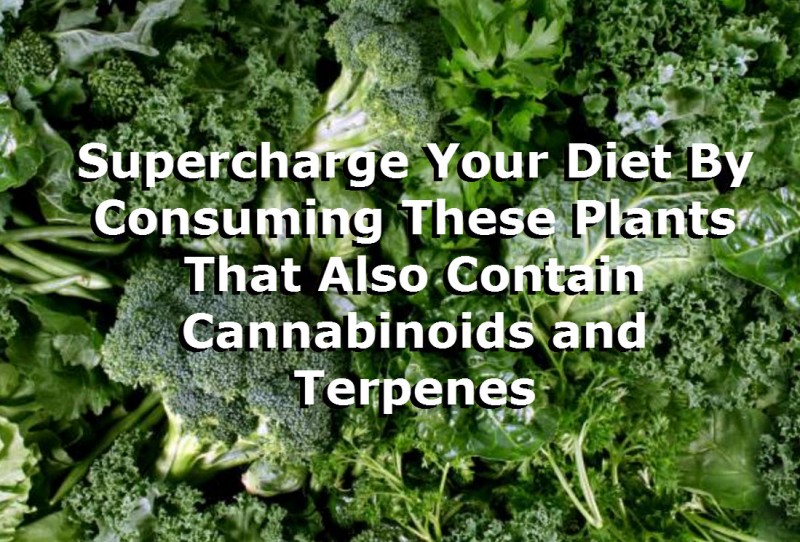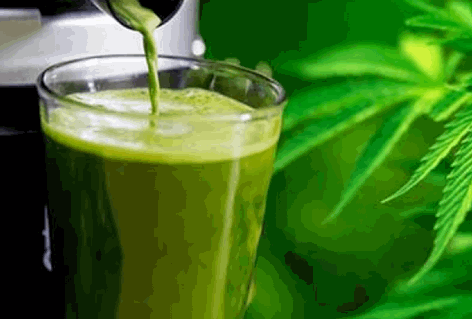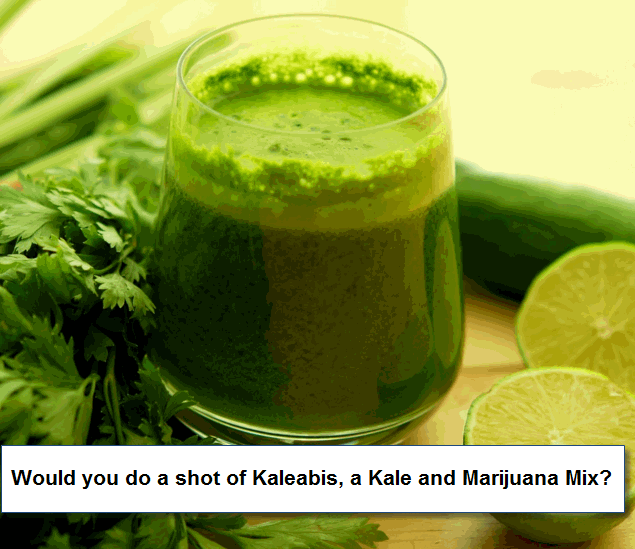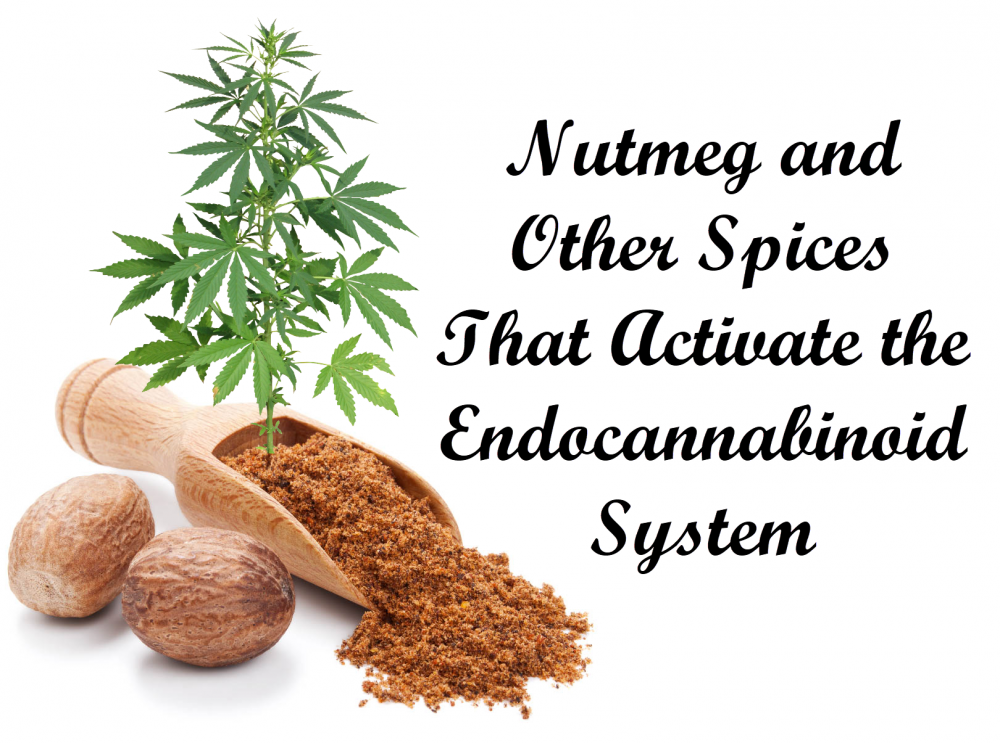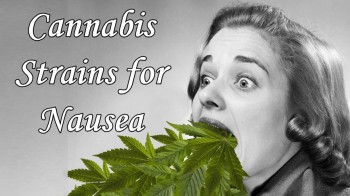Supercharge Your Diet By Consuming These Plants That Also Contain Cannabinoids and Terpenes
What Plants Have Big Cannabinoids and Terpenes Not Named Cannabis? from CannabisNet on Vimeo.
If there was one diet in the world that can supercharge your endocannabinoid system, clearly it would be one that’s high in cannabinoids. But when it comes to the healthiest and most useful plant in the world, cannabis takes all the credit – rightfully.
While no other plant contains as much cannabinoids and valuable terpenes as cannabis, there are also others out there that have their own useful medicinal properties that can supplement your diet while keeping you strong and healthy. The biochemical in these plants still can’t hold a candle to how cannabis affects your body positively, but they are worth having in your home because they have a positive impact on the endocannabinoid system.
If Hippocrates was alive today, he’d tell you to keep these plants and herbs in your home; take them regularly with cannabis, and reduce your risk for getting sick.
Echinacea
Echinacea has numerous medicinal properties which is why it’s a common medicine cabinet staple, but I bet you didn’t know that it also contains cannabinoids. This herb is useful in preventing colds, fighting anxiety, treating migraines and arthritis, preventing herpes outbreaks, as well as many other conditions. Guess what – these conditions are also commonly treated with cannabis! Certain varieties of the Echinacea plant contain cannabinoids known as the lipophilic alkamides. Scientists have been able to find 25 different alkamides some of which have affinities to the CB2 receptors. Other kinds of Echinacea species contain cannabinoids that are found throughout the plant although in most cases they are concentrated in the flowers and the roots.
Kava
Kava is a popular natural remedy for its calming and anti-anxiety properties. Kava root has long been used by Pacific islanders, who use its roots to concoct a medicinal drink. The Pacific islanders drink kava for its euphoric, sedative, and pain-killing properties thanks to the compounds in the plants called kavalactones. Yangonin, one of the kavalactones, works with the CB1 receptor which is the same binding location for the THC and most effective for treating disorders of the nervous system. This can explain why Kava is a beneficial natural anxiolytic.
Japanese and New Zealand Liverwort
Scientists found that Japanese and New Zealand varieties of liverwort produce a chemical similar to THC, known as the perrottetinene and perrottetinene acids, respectively. Research shows that perrottetinene can interact with the endocannabinoid system in a similar way that cannabis does. These compounds found in both varieties of liverwort are capable of engaging the CB1 receptor in the way THC does in particular.
Rosemary
Rosemary, as well as sage, parsley, black pepper and cannabis, contain beta-carophyllene (BCP) which is a kind of terpene that works in the same way that a cannabinoid does. Terpenes are responsible for giving the cannabis plant its distinct aroma, the same way it works with rosemary and black pepper. This is why these three herbs all have a similar peppery smell. BCP is valuable for its anti-inflammatory properties so if you are prone to, already diagnosed with, or would like to prevent conditions caused by inflammation, it would be ideal to consume a diet high BCP plants such as cannabis and the aforementioned herbs.
Maca
While many plants have cannabinoids that function like THC in the body, others have compounds that work similar to CBD such as maca. Maca, a relative of the radish and a food commonly grown and consumed by locals living in the high Andes regions, contains compounds known as N-benzylamines which inhibit the work of an enzyme which breaks down endocannabinoids in the body, known as the enzyme FAAH. This is beneficial because when the enzyme FAAh is blocked this is useful in stabilizing one’s mood, increasing your immune system, and overall strengthening the endocannabinoid system.
Hops
A major terpene found in cannabis and Hops essential oil is known as myrcene. While myrcene doesn’t interact directly with the cannabinoid receptors in the way cannabis does, this terpene is useful in altering the effect of THC on the nervous system. Cannabis strains that contain high levels of myrcene are those that induce the “couch lock” feeling because of its sedative properties. Hop oil has the highest concentration of myrcenes and as much as 80% in other fruits and plants such as lemongrass, mangoes, verbena, and thyme.
Frankincense
Frankincense has almost the same effects on the human body as cannabis. When consumed (usually through essential oil), Frankincense acts as an analgesic, anti-inflammatory, antiseptic, and antioxidant. Boswellia extract, the tree from which Frankincense is derived, also contains important bioactive components and anti-inflammatory properties.
Do you already take supplements of these valuable plants and herbs? Share with us in the comments below
OTHER STORIES YOU MAY ENJOY..
CANNABIS JUICING AND HOW TO DO IT..CLICK HERE.
OR...
KALEABIS FOR CANNABIS LOVERS, CLICK HERE.

